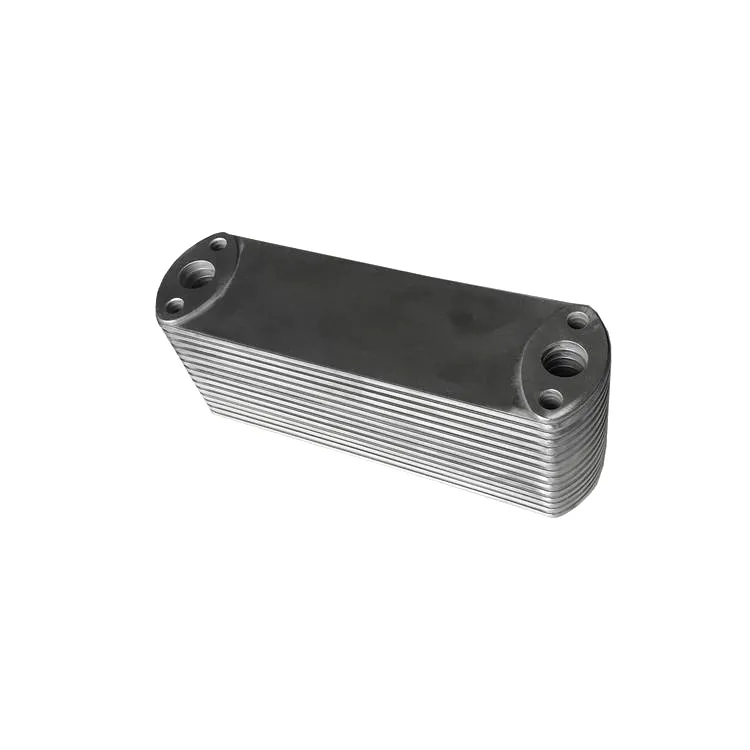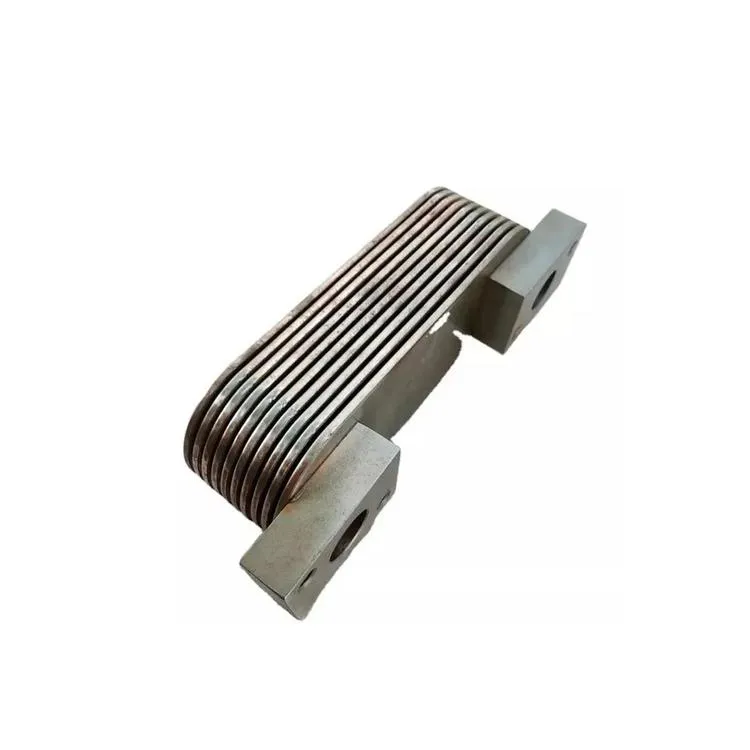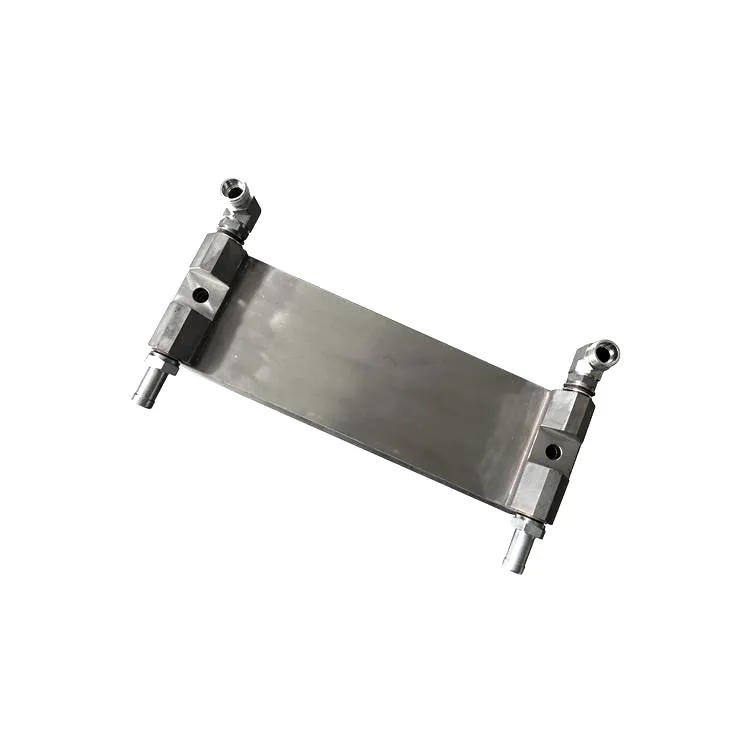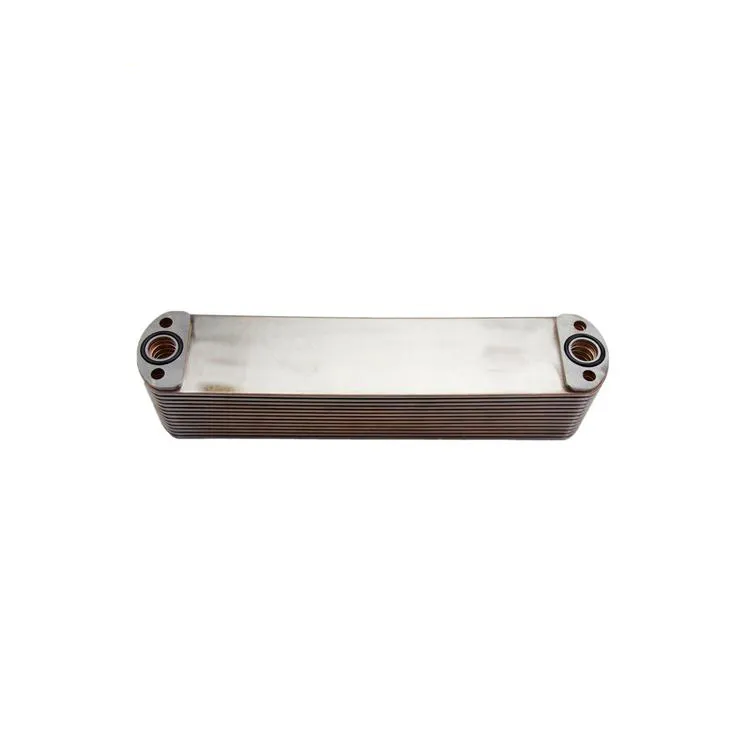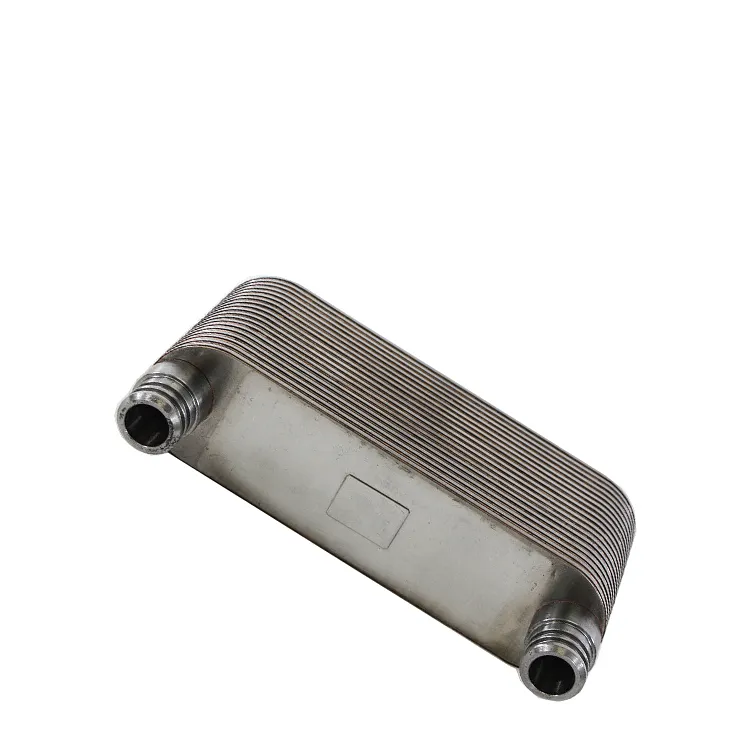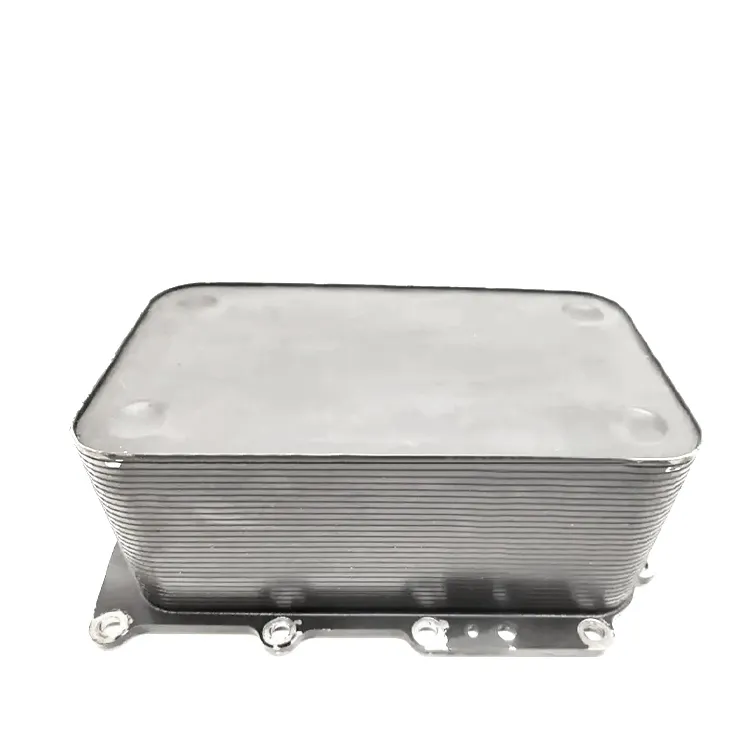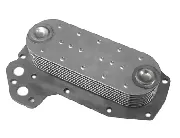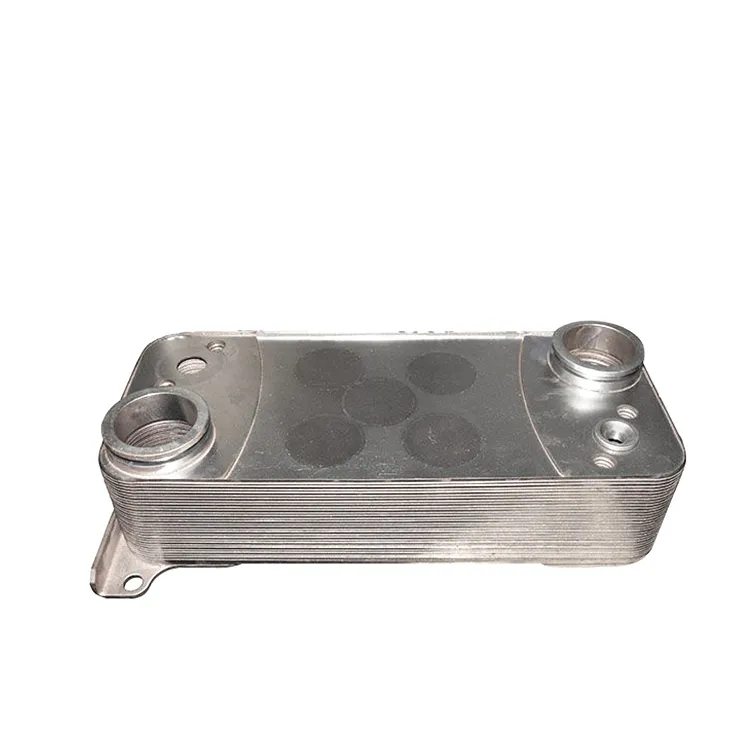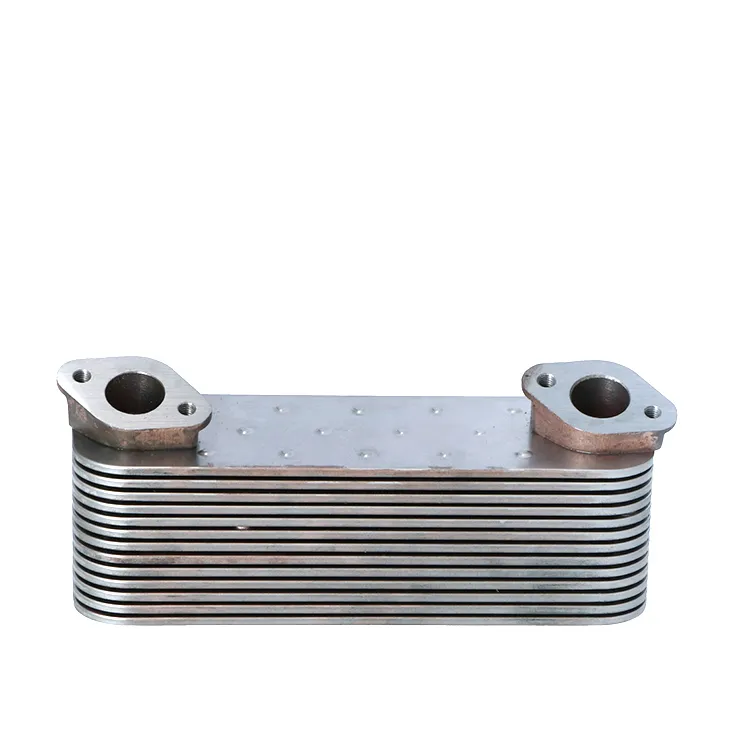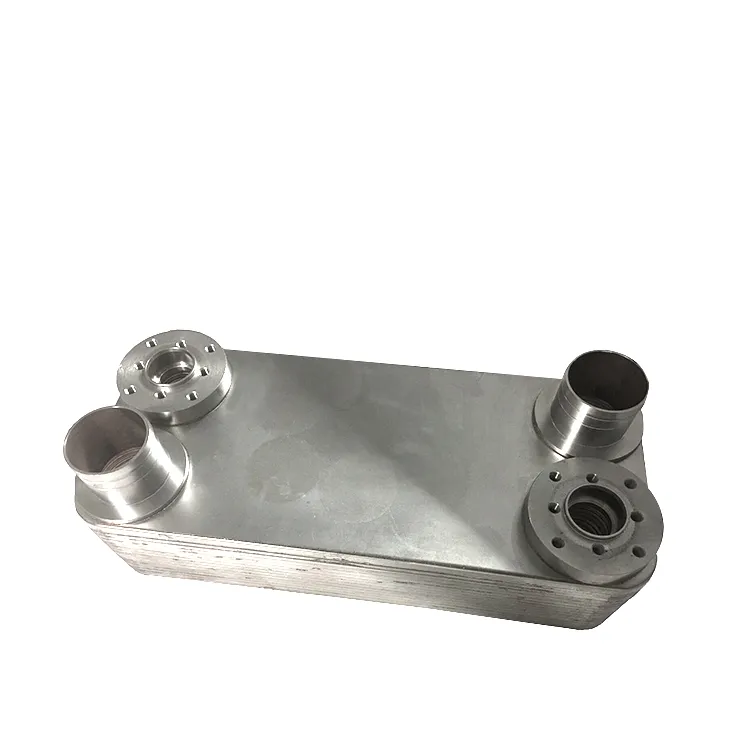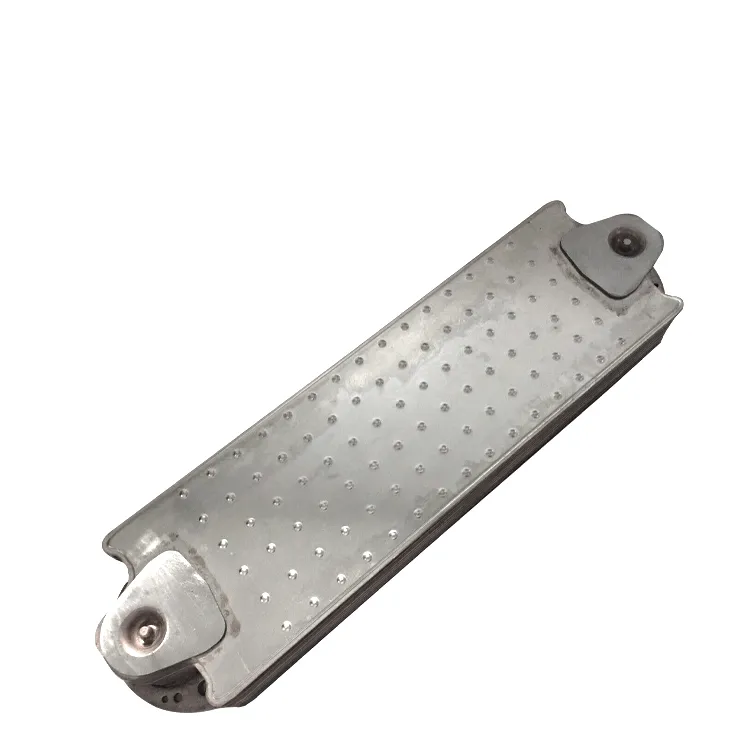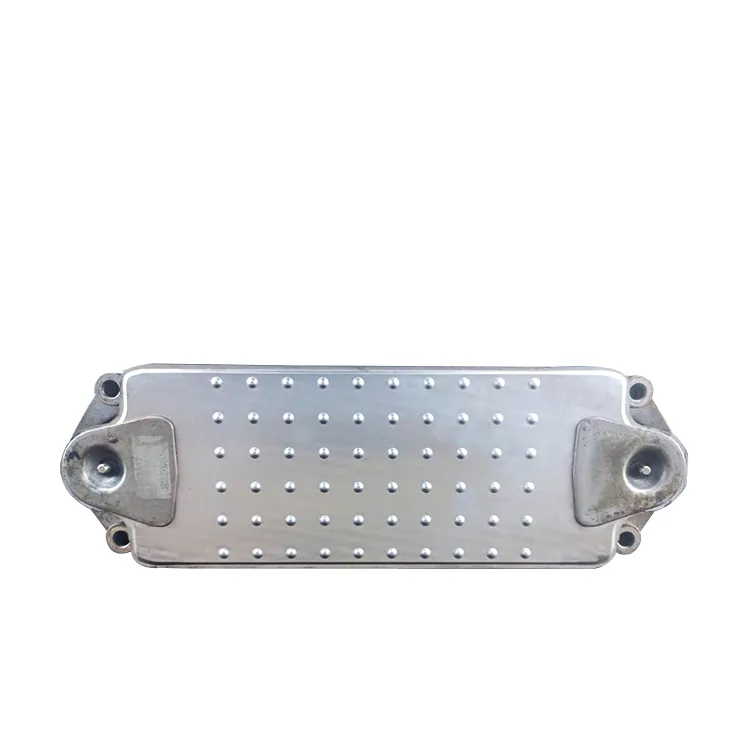Oil Coolers
An oil cooler is a separate, smaller radiator to an engine’s main radiator, which maintains an oil supply at a consistent, optimal temperature. Its purpose is to cool the oil passing through the coils, thus improving the engine and the transmission’s lifetime. They are situated in front of an engine’s cooling system. Oil coolers are necessary for diesel engines (higher temperature range) and automatic gear boxes. A cooler plays an important role in the smooth running of a vehicle by dissipating heat while transporting oil away from moving parts into the oil pan.
Which Vehicles Need Oil Coolers?
Humid intake air is not unusual for many climates, and in such conditions, cooling the airflow into the engine can result in a significant amount of water condensing in the air path of the charge air cooler core. The relatively low cooling temperatures further increase the potential for condensation, necessitating the inclusion of provisions to remove water from the charge air cooler core and piping in the design. For example, a G3516 LE Engine operating in a 32°C (90°F) application may produce up to 114 liters (30 gallons) of water per day.
To facilitate easy drainage, the intake air should enter the bottom of the core on one side and exit from the top on the opposite side. This routing of the airflow maximizes the potential for condensation to collect across the entire core. An automatic drain valve should be installed on the bottom side of the core, opposite the entrance of the intake air, to enable the removal of water from the system. It is important to ensure that the drain valve has free movement and does not freeze in cold temperatures.
In addition to the drain valve, condensate traps should be installed in the intake piping near the engine intake manifold to capture any remaining droplets before the air enters the cylinders. The design of a condensate trap typically involves forcing the airflow to quickly change direction, causing the heavier water droplets to be thrown into a trap wall where they are collected and drained through a float valve. It is crucial to size and design the condensate trap in a way that its pressure drop is not excessive, considering all components of the air path.
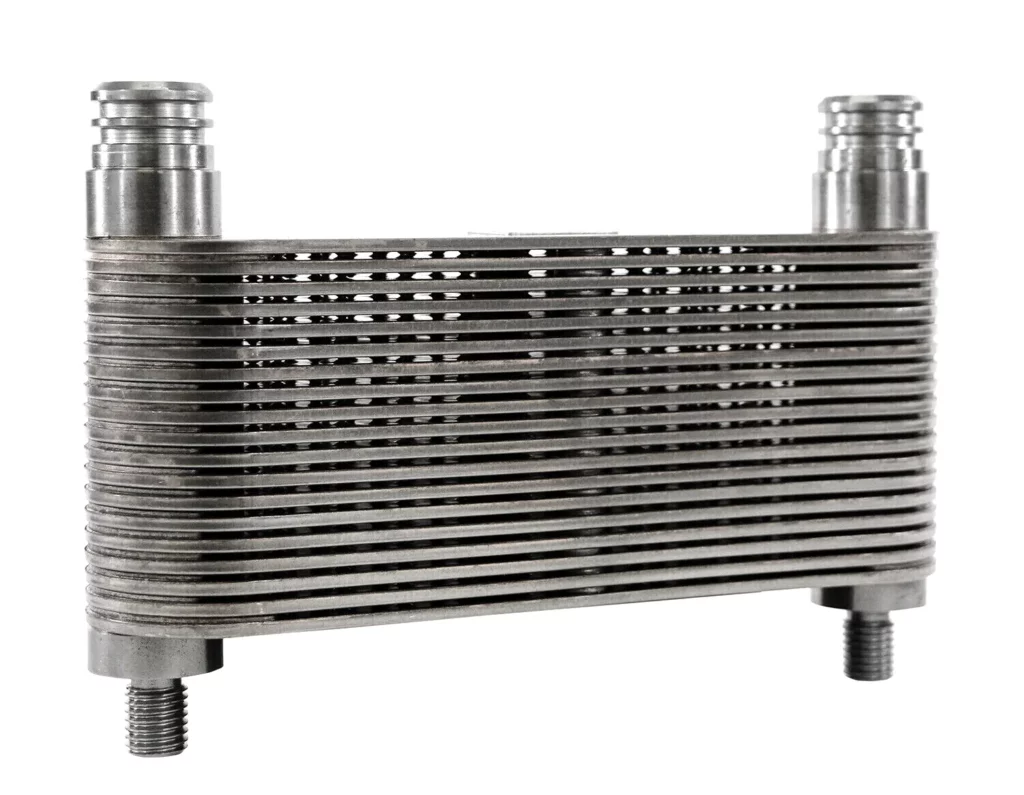
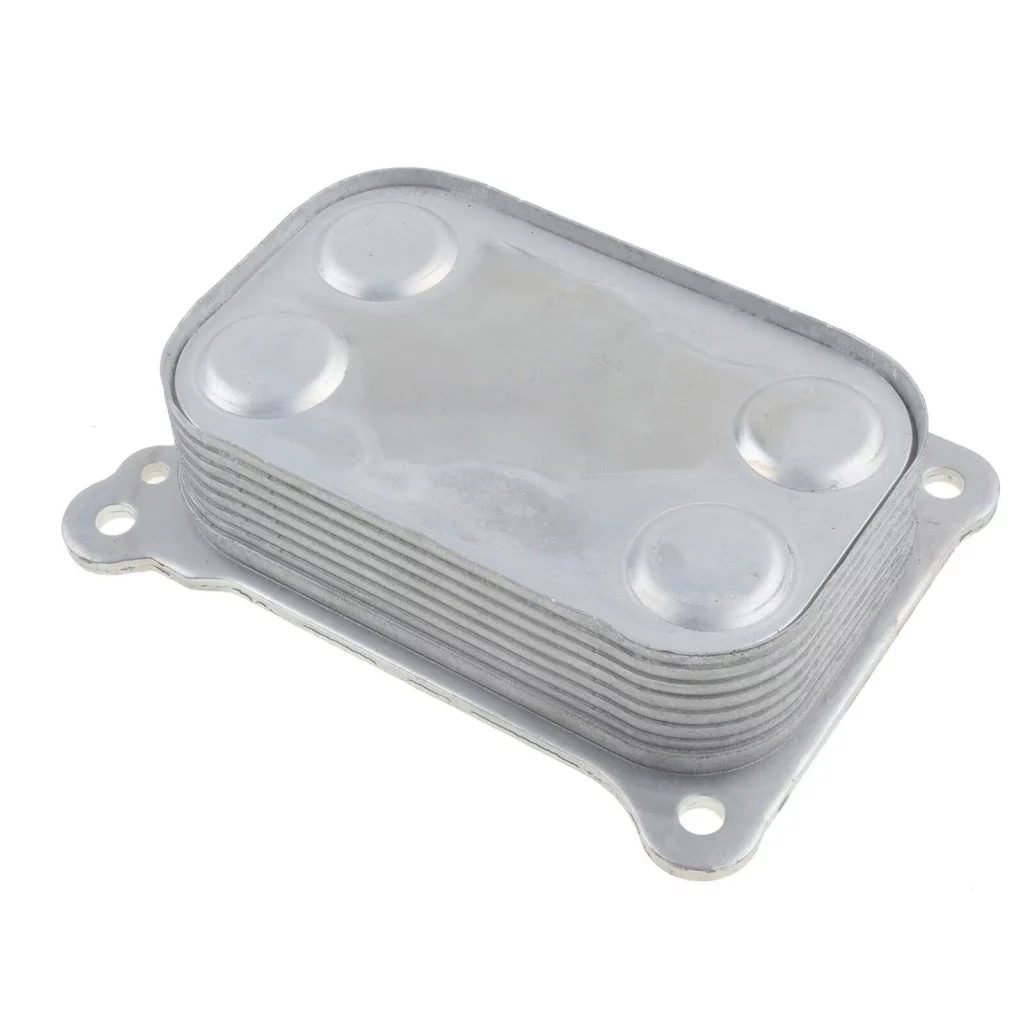
Disadvantages:
Coolant oil may be limited to cooling objects under approximately 200–300 °C, otherwise the oil may degrade and even leave ashy deposits.
Pure water may evaporate or boil, but it cannot degrade, although it may become polluted and acidic.
Water is generally available should coolant need to be added to the system, but oil may not be.
Unlike water, oil may be flammable.
The specific heat of water or water/glycol is about twice that of oil, so a given volume of water may absorb more engine heat than can the same volume of oil.
Therefore, water may be a better coolant if an engine is permanently producing large amounts of heat, making it better for high-performance or racing engines.
Advantages:
Oil has a higher boiling point than water, so it can be used to cool items at a temperature of 100 °C or higher. However, pressurised water-cooling may also exceed 100 °C.
Oil is an electrical insulator, thus it can be used inside of or in direct contact with electrical equipment such as in transformers.
Oil is already present as a lubricant, so no extra coolant tanks, pumps nor radiators are required (although all of these items may need to be larger than otherwise).
Cooling water can be corrosive to the engine and must contain a Corrosion inhibitor/rust-inhibitor, whereas oil naturally helps to prevent corrosion.
Thus, if through a gasket failure, coolant oil should enter, say, the combustion chamber or the sump, this would be a mere inconvenience; but if coolant water should similarly leak, substantial engine damage might occur.
Do Oil Coolers Need Special Attention?
If installed correctly, your engine oil cooler should not need much maintenance. Like radiators, make sure to keep your cooler clean of debris, and check for leaks. On top of that, make sure you keep your engine oil in good condition. Change your oil at the recommended intervals. This helps to reduce the chance that your cooler will plug internally.
When Should Oil Coolers Be Repaired?
An engine oil cooler should last for years with minimal problems. Some of the most common problems are cracks and leaks in the cooler. Rust often causes leaks, but road vibrations can also contribute to this problem, especially if you drive off-road. Generally, this problem is more likely to occur in an older vehicle.
